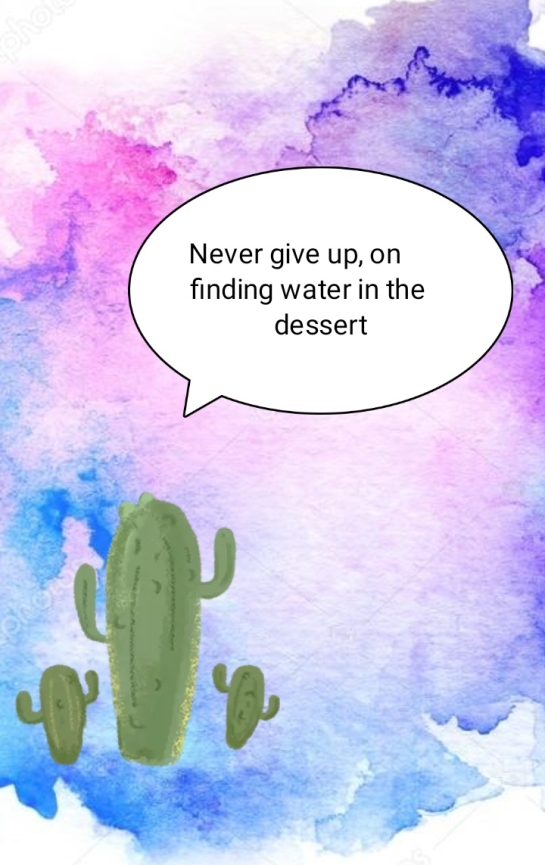How do introverts network?
Next to public speaking, networking must be on the Top 5 biggest fear list.
When asked about networking, most people conjure an image of exchanging namecards at a business networking event, and not seeing the person again. Meaningless activity. How often have you gone home and thrown away the namecards?
Networking is done at two levels (i) With people you don’t know, but would like to know and (ii) those whom you know and want to deepen connections. I’ve recently chanced upon Michael Port’s article, which I’d like to archive in my blog.
(i) Reaching out to new contacts
Michael Port in his book “Book Yourself Solid” suggests the following:
(1) Start by creating your List of 20.
20 people that you’d like to know but do not yet know but who can help you do your work.
For example:
If you want to get booked to speak, you might include specific meeting planners.
If you want to get booked to write articles, you might include specific editors.
If you want to meet well-known bloggers or authors, you might include them.
Or, maybe, if there are specific potential referral partners that you’d like to meet, you might include them.
Put these people on your List of 20. If you don’t have 20 people who come to mind right now, just start with three. But eventually you’ll grow it and keep it at 20. Why? Keeping your list at 20 ensures that it’s a large enough so as to keep your focus expansive, yet small enough that you’re able to focus on each person specifically.
What do you do with this list? Simple. Reach out to one person on this list each day. NOT to ask for a favor or to meet for coffee but to express appreciation for them and their work.
- Write a blog post about them or comment on a blog post that they wrote.Retweet a few of their Tweets in one day or Tweet about them or to them.
- Write a short (under 5 lines) email or handwritten note to them telling them why you appreciate their work.
Michael Port’s favorite quotes from Winston Churchill,”It’s a mistake to look too far ahead. Only one link in the chain of destiny can be handled at a time.” Building relationships work the same way.
So, if there is someone you’d like to get to know and they have a higher professional status then you, don’t call them up and ask to meet them for a cup of coffee. You’re probably not (yet) relevant to them unless they have some prior connection to you. Remember, “Only one link in the chain of destiny at a time.”
After you reach out to the person on the top of the list, put them on the bottom. So, the person that you reached out today goes from number one to number twenty. The person who was number twenty becomes number nineteen and the person who was number two advances to the number one spot.
Then, tomorrow, reach out to the next person at the top of that list. Do this every single business day. This way, each day you are connecting with, at least, one person on your List of 20. And, over the course of one month, you’ll have connected with every person on your List of 20.
How long should this take you? About 5 minutes a day.
Of course, if you develop a strong connection right away and your relationship starts to build quickly then you take them off your List of 20 and add them to your Network of 90.
(ii) Networking with people you want to develop deeper relationships
(2) Michael suggests to keep a Network of 90 – a specific, managable, number of relavant contacts. Again, these are people you already know (or have met) that you’d like to stay in touch with and continue to build stronger relationships. If you focus on the most relevant ninety people in your network along with the twenty people on your List of 20, then you stay below Dunbar’s number of 150 which is a theoretical cognitive limit to the number of people with whom one can maintain stable social relationships.
You don’t need to know a million people, just the right people who can put business opportunities in front of you. Your job is to earn that business.
Now you’ve got your Network of 90. And, as you might remember from the beginning of this article, I suggested that you do four things each day to build your network and get booked solid.
The first was to reach out to one person on your List of 20 each day. The second, third, and fourth daily action steps will bring you closer to the people in your Network of 90.
(3) Introduce two people in your network who do not yet know each other but might find each other relvant (personally or professionally) and appreciate the introduction.
You might have two people in your Network of 90 who are scratch golfers and they live close to each other. Golfers are always looking for a 4th but they want somebody at their own level. So you might introduce them.
If you are nervous about whether or not you should make the introduction, you might ask each one individually, “I would love to introduce you to a good friend of mine who is also a scratch golfer, would you like me to?”
Or, maybe you know two people that are in the publishing industry or two people in the real estate industry. Both would present excellent opportunities for making an introduction.
Generally, business owners and executives want to continue to move forward in their careers and, to do so, they know it’s essential for them to meet new people. As a result, 9.9 times out of 10 they are going to say “Oh, yes, please do introduce me. Thank you!”
Note: when you make the introduction, share only professional, public contact information unless it’s requested that you share private contact information instead.
(4) Share information
Next, each day, share some useful or helpful information with at least one person in your Network of 90. The easiest way to do this is by reading articles in online magazines, journals, and blogs every day, the ones that are most relevant to your network.
When you see an article that is relevant to one of the people in your network, send it to them via email and say, “Hey, Jennifer, I just read this article and I immediately thought of you. It was about ‘this’ and I know you’re very interested in ‘that’ so I thought you might find it valuable. Have you read it? What do you think?” And, now you can get into a conversation with her about the subject matter and, as a result, develop your relationship.
If you like this post, subscribe to Michael Port’s newsletter.
Nature vs Nurture: Inside an introvert’s brains in a cocktail party
How understanding my introversion helped me wake up at 6am









